Playing, for kids, is an integral part of their development process. Certainly, you may send your child to the play school or to the local park for his routine games with other children, but one of the best alternatives would be to help him grow and play within his own home, with his siblings or a pet, under your loving care.
And it’s not like you need to spend too much on this fun-filled haven for your kid. Here are a few tips for designing play spaces for you tiny tots within their own sweet home.
1. Go green
If you are lucky enough to have a backyard, why not utilise it as a play space for your kiddos? The backyard can be used in a multitude of ways. For one you could use stepping stones with alphabets and numbers on them. These garden pathways could be modified in many other ways – the basic idea is to incorporate learning with games – and this makes both of them further appealing.

Another great idea would be to involve your toddler in the act of gardening. It is considered very important, according to Ayurveda, for a child to be in touch with Mother Earth. So a bout of nature – in the form of greens, mud and water is a must.
Try and create a mini garden for your kid in the backyard – a small fenced area that makes him or her feel like they own that little piece of land to themselves. Bring home little potted plants, preferably colourful, little shovels and mugs and buckets.
Go wise with the colours – use bright pop colours, while also focusing on greens. Allow your child to get down and dirty in the mud; and don’t worry – this has been scientifically proven to be healthy for the growth of your child.

2. Adventure in the Yard!
This one is if you do not have a very green backyard to yourself. No worries – you might arrange for an adventure packed yard for the child by going for rides and play zones created from upcycled material. You could use old junk from your garage or store to create a mini amusement park for your child and his little bunch of friends for an awesome experience every evening.
Use old tyres to create hurdles and fill them with soft material so that the kids don’t hurt themselves while at it. Turn one corner of your yard into a zone for the boys – leave them with cars, a basket of old toys, and small logs of wood and wait for them to spell creative.
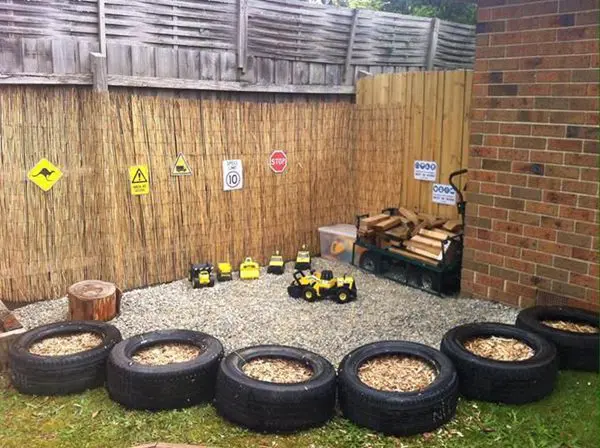
You could also create a small campfire zone for them with logs of wood and wooden slabs. They could assemble for those supposedly important discussions on toys and ghosts and candies.
You could bring home readymade monkey bars to heighten the fun. Create alternate areas of both green and mud and sand and wood – a blend of all softscapes for the growing kid.
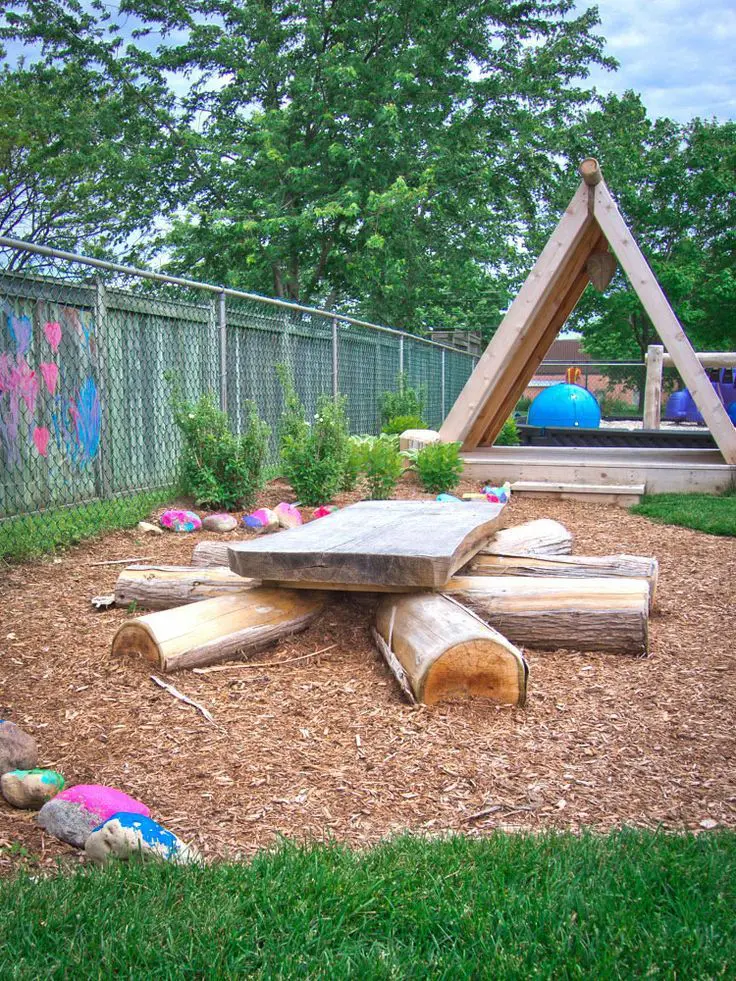
3. Indoor Fun
If you can etch out a small room for your kids where they can learn and play, eat and sleep, it is going to be one of the best decisions of parenthood. Play rooms for kids within homes can be totally personalised – include stuff that you think shall benefit your child, and exclude all that can harm.

4. Being Amidst Colors
Stress on introducing more and more colours into the play space of your little kiddo. The brighter and more colourful options you go for, the better ambience it will provide for uplifting the mood of your child. Use colourful furniture, wallpaper, flooring, and play items so that the child feels rejuvenated in the midst of a cheerful environment.
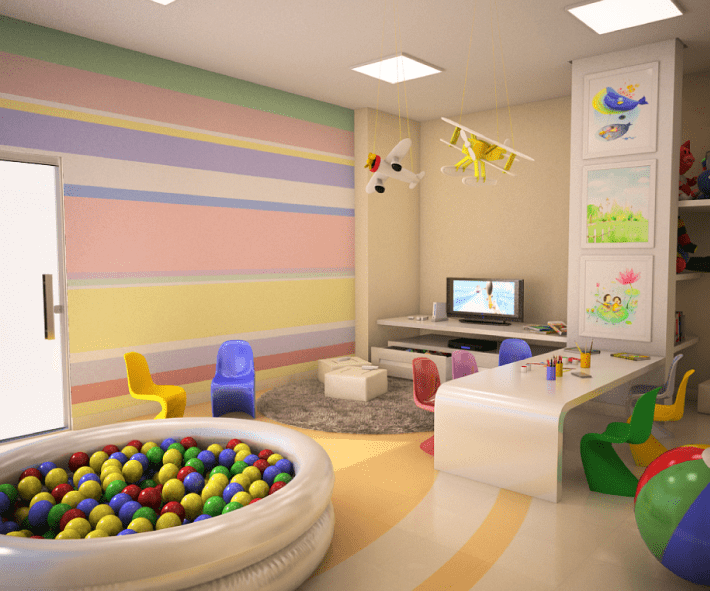
5. Shelving for Storage
What you may choose for your kids could be placing separate toys in separate baskets – game blocks, little animals, wooden playthings, balls, dolls, motor toys, props and the like – all in separate baskets.
There’s no need for utmost strictness in this regard, but this will surely ensure a lot more discipline in your child. For the storage of these baskets, employ a cube system. Such furniture is easy to manage, and at the same time is highly functional.
Also some part of it is easily accessible by your kid himself, while some parts are out of his reach, so that you can place some important stuff there. You can choose to use it for different form of storage in different years of your child’s life.
Can’t it be used to store books and bags later on? Yes, certainly! Just try grouping items of play and making your child learn how to differentiate between them. Play while learning, learn while playing!

6. Interesting Seating
Play rooms should also provide some zone for relaxation and peaceful retreat, especially when your child is between 8-12 years of age. The playroom could also be an area where the little boy loves to listen or read to bedtime stories, where the little girl wishes to talk to her dolls about her day.So, an engaging seating for the children is a must.
Consider placing swings, movable stools, sitting bags, and couches for the play room. Sitting on the floor while at play is quite common – so consider purchasing beautiful colourful carpets, furry mats and cushions for your little darlings.
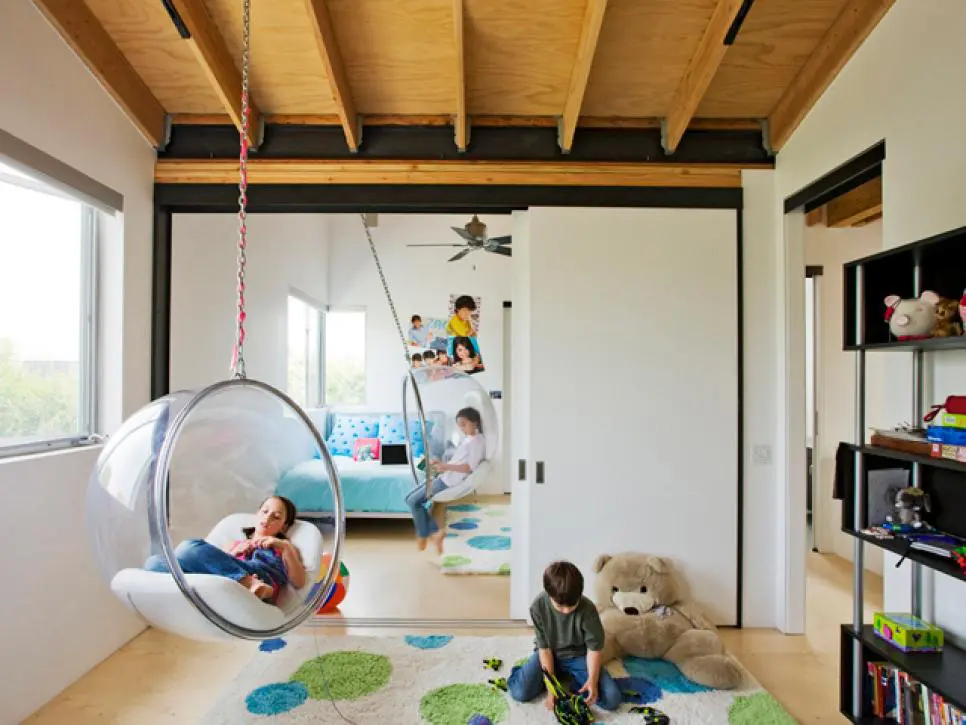
7. Cluster Free Zone
You can teach your child to keep his or her play zone and cluster-free and thus instil in them a sense of discipline in these small ways. Special shelves and cabinets for easy access by little children is a great idea to go for.
Try teaching them to distinguish and place different stuff in different racks – their drawing and scrap books on one, teddies and dolls in another, balls and cars in the third and so on. You will see that your child loves tidying up too!
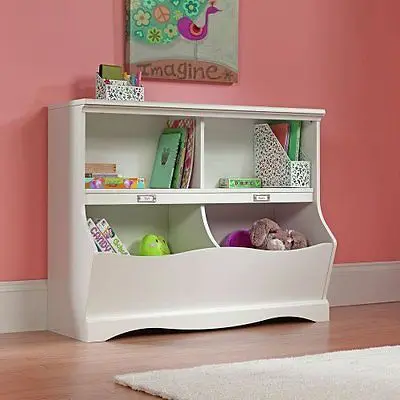
9. Learning while having fun
This is the real catch of introducing a playroom for your kid, right? We have all seen children who love to scribble with crayons on the walls around, and we have all screamed at them once or more than that.
Have you ever considered how just placing a board to display for them to display their art on can prevent reducing your walls to graffiti? Besides, your child is developing skills for writing and painting, he is learning to use colours and to wield his hand for art – isn’t that a welcome thought?
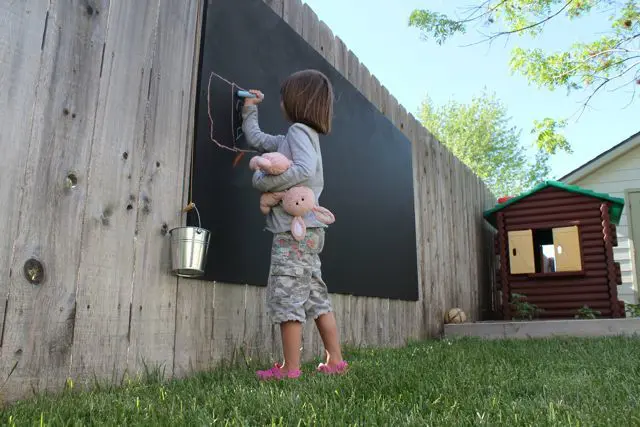
Play spaces for kids are simple to design, if you know what works and how. Every child loves being around colours and toys, and every parents wants his child to be in the open greens and wishes to inculcate in him certain basic virtues of responsibility and discipline. A well-designed play room does just that!
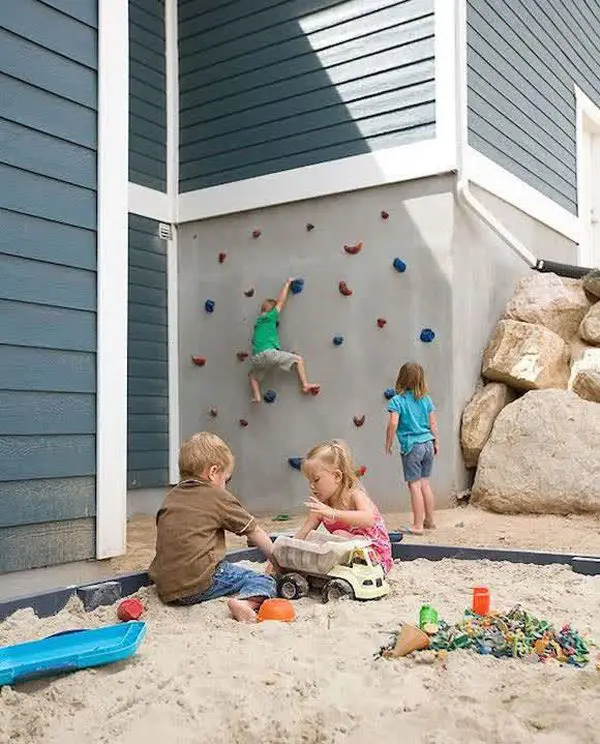
– Sakshi Singh





